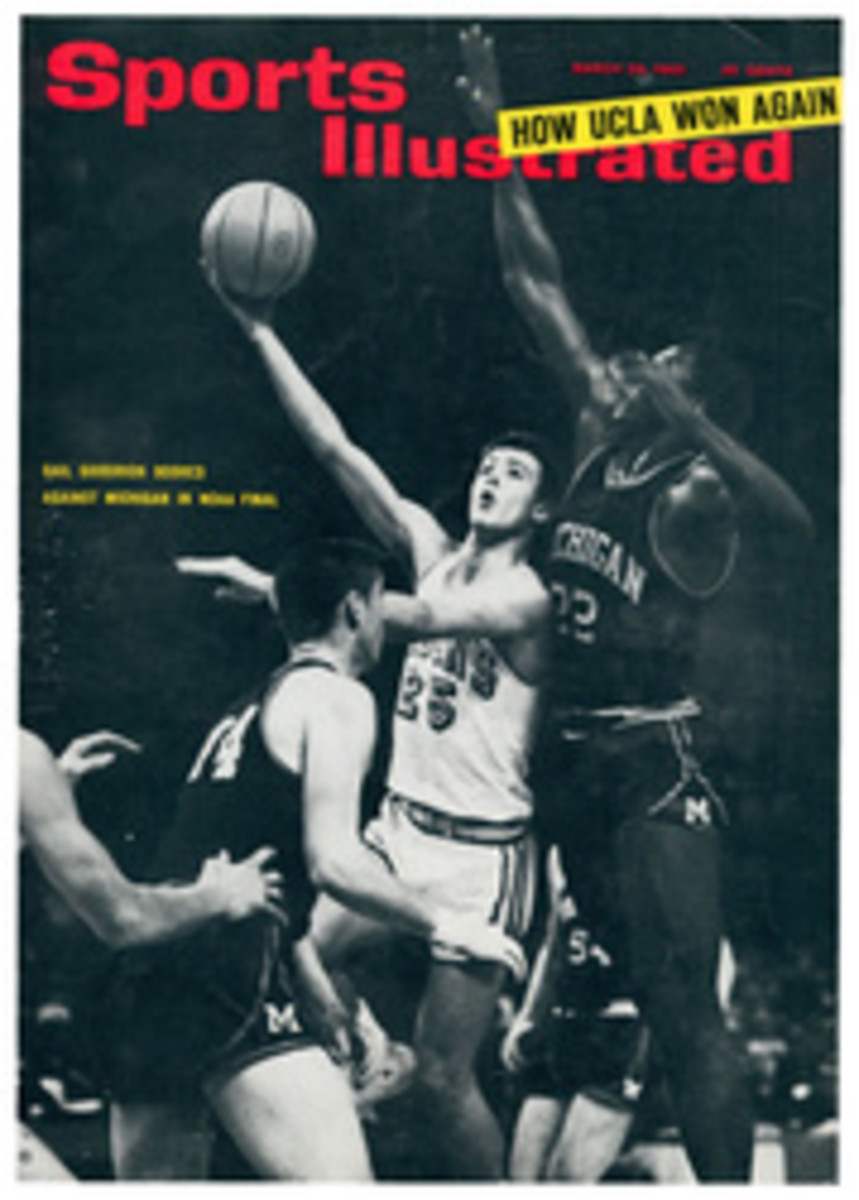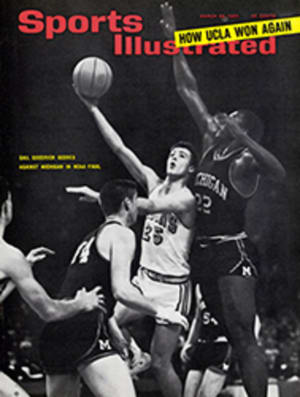
New voltage for an old circuit
For years Florida's winter circuit was the Three-I league of the horse show world—lowbrow and leaky-roof. I have just had a look at the Florida shows, 1965 style, and the news is that the Sunshine Circuit is reaching for the major leagues. If New York and Devon and the other prestige shows are still comfortably ahead, those at Winter Haven, Orlando, Delray Beach and Miami have at least moved up to the high minors, and there is no telling how good they may become. Winter Haven's event is only a couple of jumps and a canter away from big-time status right now. The other shows share its high potential.
Florida is moving up because horses and money are coming in and substantial new show facilities are being added. More than 800 horses were shown this winter. They were of excellent quality and were drawn from all over the U.S. and from Canada and Mexico. They competed for $100,000 in prizes—an impressive sum.
Apart from this general upgrading, the circuit was noteworthy this winter for its aggressive use of the multi-ring system. Winter Haven now has two rings, and there is talk of building a third to handle the large hunter-jumper classes. Separate rings are clearly a boon to both the spectator and the exhibitor, eliminating the boredom that goes with having to watch routine fence-setting. Spectators simply leave one ring, walk to the other and watch the classes showing there. Meanwhile, the course designer has plenty of time in which to rearrange the first ring for the next class. Exhibitors know with greater accuracy when their horses are due to be shown. "I remember," said one exhibitor, looking around Winter Haven's Imperial show-grounds, "when we used to jump over orange crates in a schoolyard. Just look now." His arm swept the site, indicating a large hunter-jumper ring with a separate warmup area, a saddle-horse ring with banked turns and its own make-up oval, and Peter Duchin's band playing to a capacity crowd.
The Florida entries came in such numbers that in one instance two large events were held simultaneously—one for hunters and jumpers at Delray, the other for saddle horses, roadsters, ponies, Arabians and Tennessee Walking Horses at Orlando. The Orlando show was staged at the Seminole racetrack for the first time. Thus the facilities, with the important exception of the ring itself, which became muddy in heavy rains, were very good.
Unfortunately, however, the stabling in Winter Haven and Miami was still inadequate. "It's very depressing to come over 1,000 miles," complained an exhibitor, "and then have to put your horses in stalls like these."
There were other growing pains. In Miami the American Horse Shows Association chose to try out its saliva-testing program, and the result was much confusion. But after the first panic subsided the classes were well filled. Miami was also picked by the AHSA for the start of a new nationwide campaign of inspection of Tennessee Walking Horses in an effort to curb abuses still prevalent.
Although all proved well in Miami, there was a nasty incident in Winter Haven after James K. Taylor, an Alabama real estate broker, rode his stallion, Moonglow, Jr., to victory in the amateur stallion-gelding stake. Three days later, when the horse was led from the stall for the championship event, he came out on three legs. A six-inch nail had been driven into his left front foot. The police were called, lie-detector tests were given, a reward was offered to tempt informers and the investigation was continued through the Orlando show. The saboteur was not caught, however, and it appears that once again the deliberate maiming of a competitor's horse will go unpunished.
But the circuit itself, after being on three legs for so long, at last has all four under it and nowhere to go but up.

